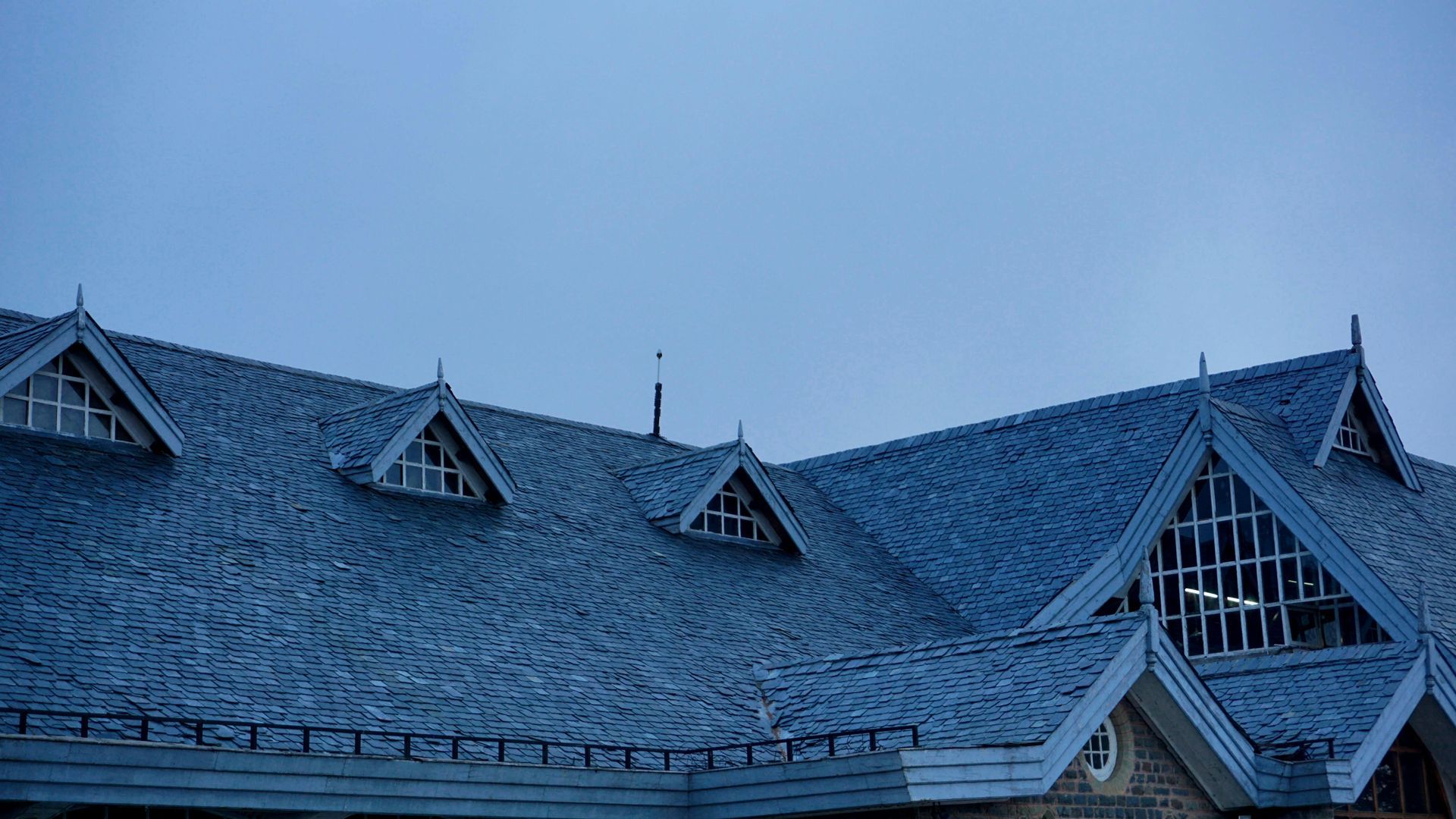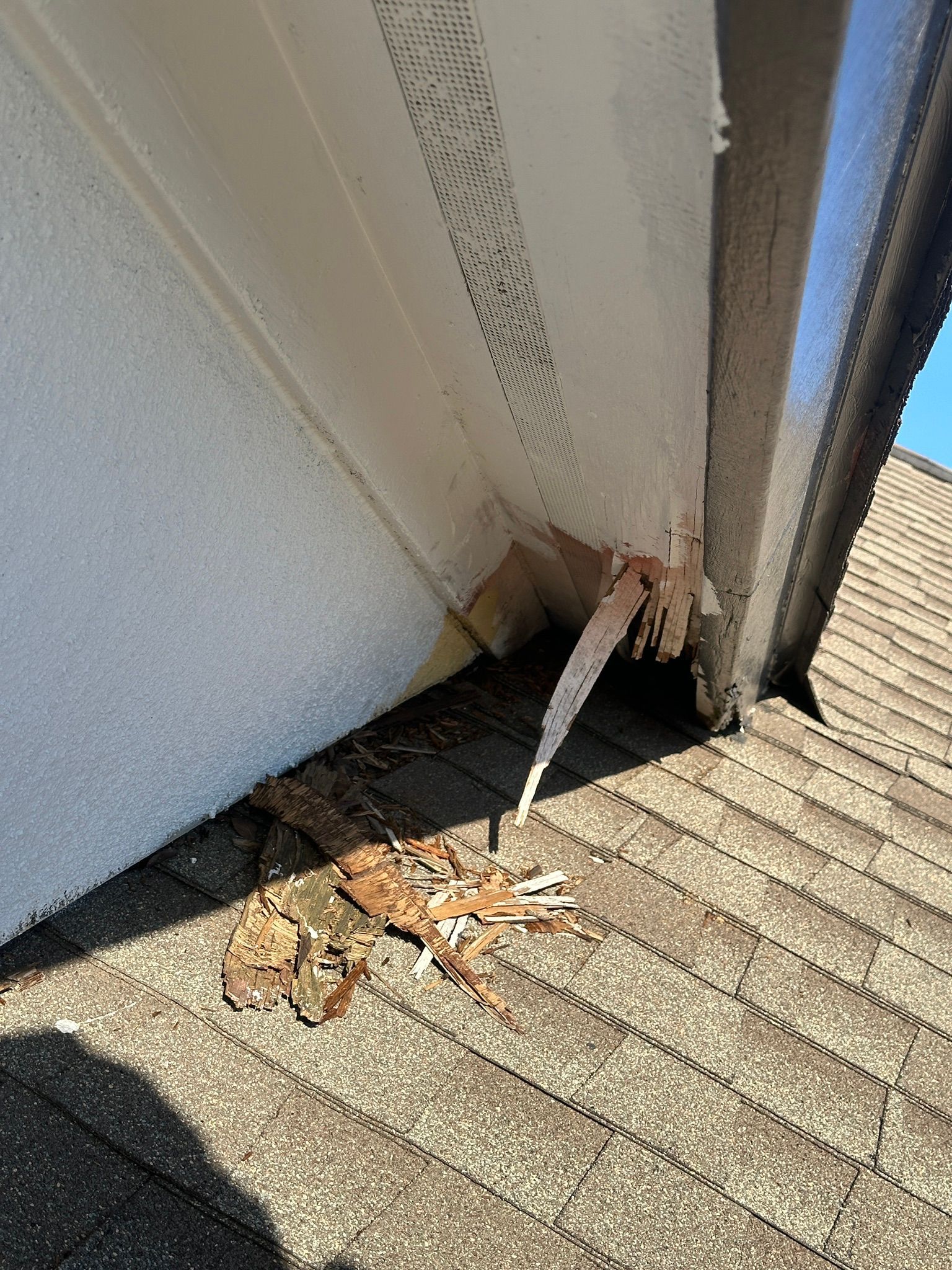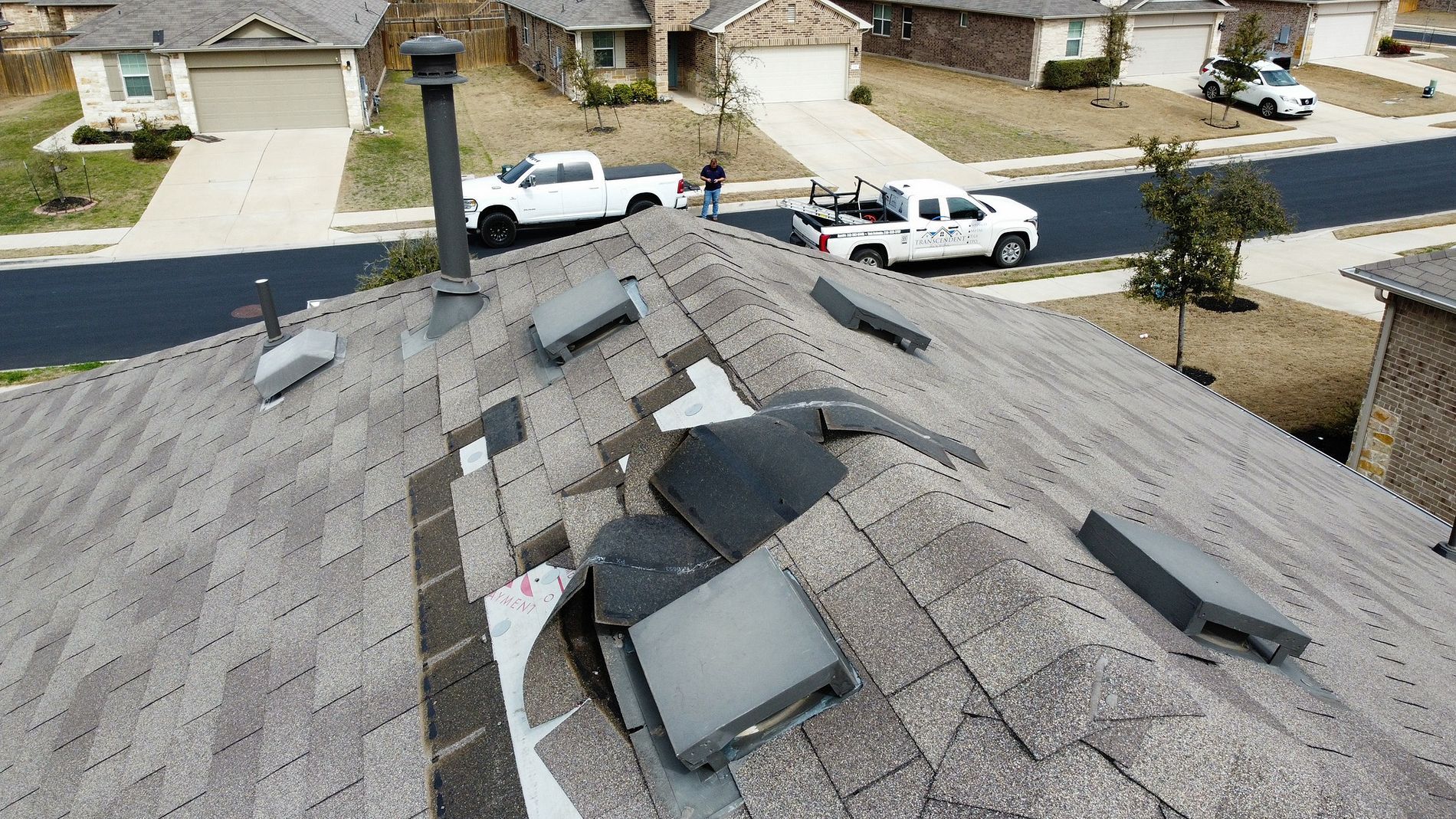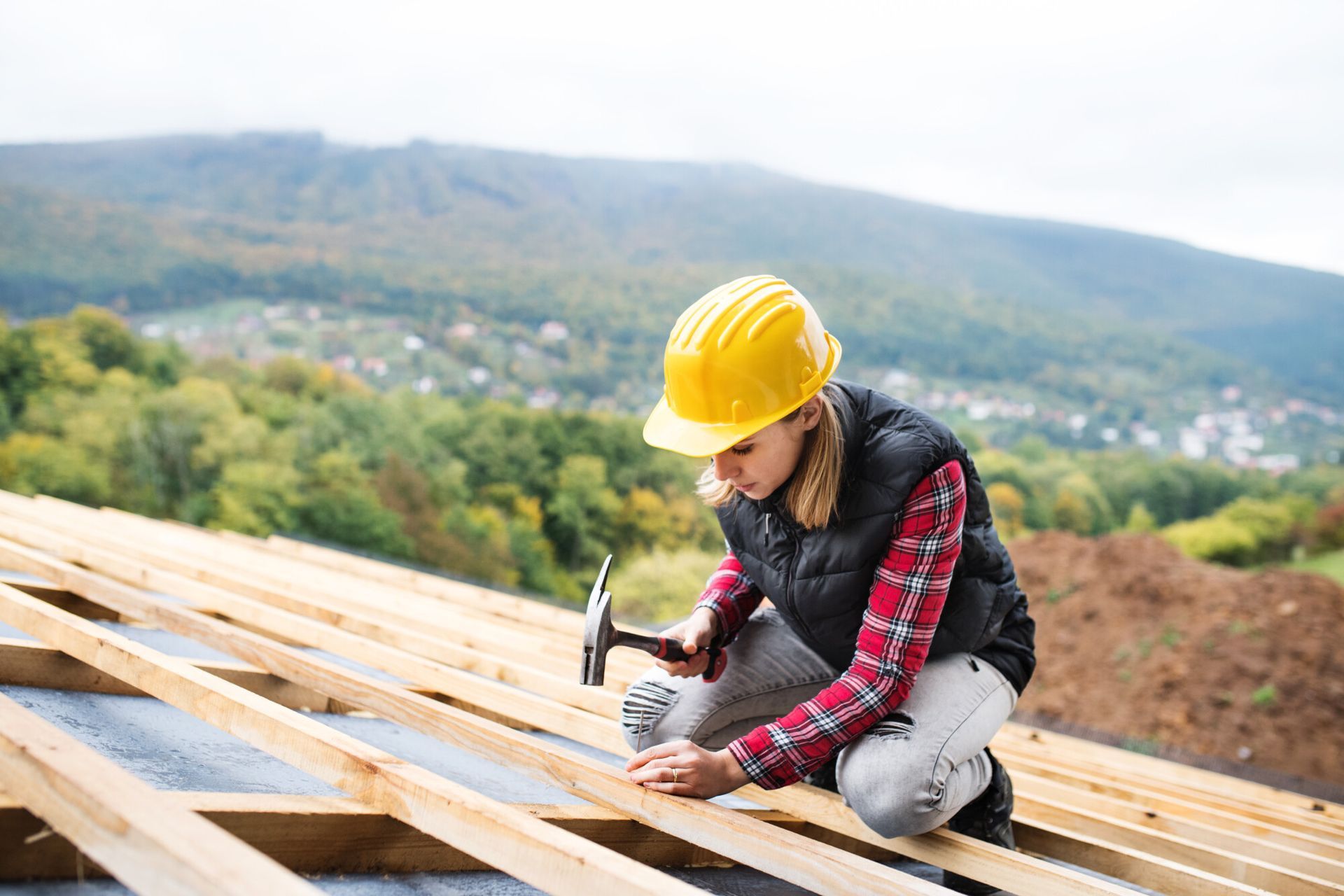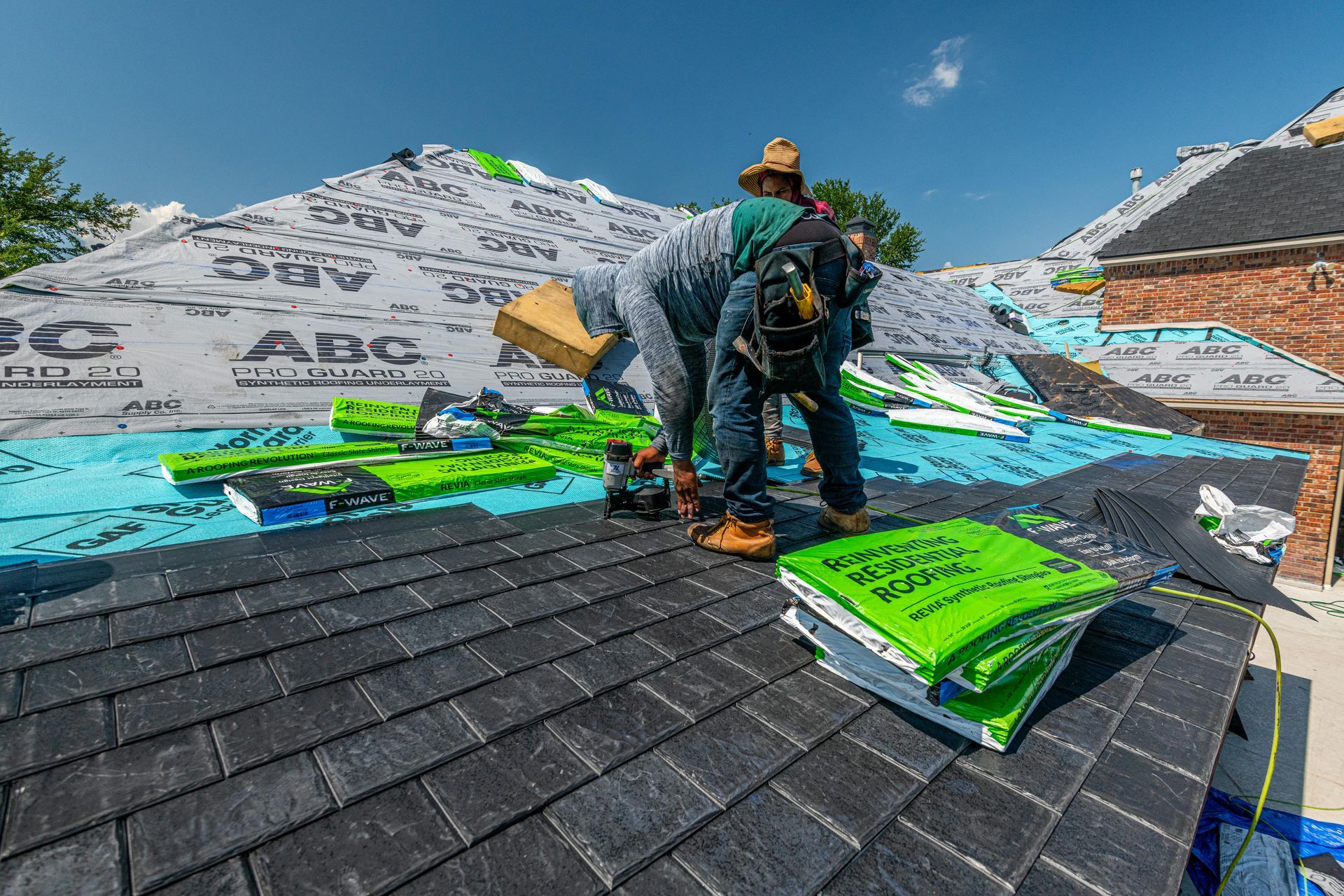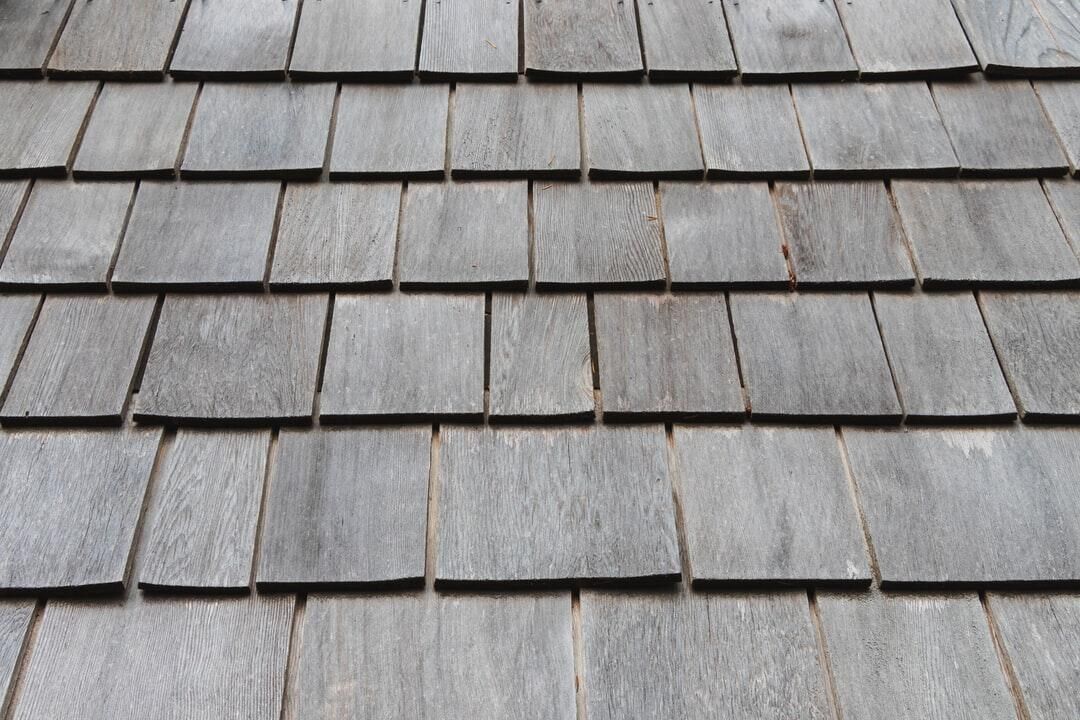Roofing in Cold Weather: Should You Replace a Roof in the Winter?
Have you been putting off fixing or installing a new roof on your Home Sweet Austin Home?
You may have noticed damage to your roof while checking the shingles and gutters. But can you do something about the damage while it's still winter?
Roofing in cold weather is possible, despite the risks and complications. Read on to learn more about whether you should replace your roof before the warm weather arrives.
The Warning Signs of an Aging, Damaged Roof
Not sure if you need to install a new roof to begin with? Your roof is one of those things that will show apparent signs of damage right from the get-go.
For starters, if your roof is up there in age, it's more likely you'll need to replace it in the near future. On average, roofs last around 15 - 30 years. But this depends a lot on the materials as some last longer than others.
What other signs indicate that you may need roof repair in winter?
Damaged Shingles
If the shingles are curling or warping, it could mean that your roof is old and in need of replacing. Damaged or missing shingles can also be the result of poor installation.
Check to see whether the granules from the shingles are shedding. Be sure to look in the gutters for shingle granules, as well.
Damage to the shingles does not automatically mean that you need an entirely new roof. But you will need to fix and replace the shingles to avoid more problems down the line.
Flashing Damage
It's easy to overlook the flashing in the areas of your roof that intersect. Flashing helps to redirect water away from the roof to prevent it from accumulating. But when it's damaged, it can lead to serious water damage.
If you're experiencing leaks and notice water puddles forming, check the flashing. If it's made from cement or tar, the flashing on your roof may be more susceptible to damage. But even metal flashing can rust, warp, and curl up over time.
Leaks & Drafts
Do your energy bills seem higher this winter than in previous years?
If you're having to turn your thermostat up higher than usual, there may be a problem with your roof. As more cold air seeps into your home, your HVAC system has to work harder to heat it.
There could be areas that have weakened over time or even developed holes. This may be why you're experiencing drafts or even full-blown water leaks. Any dark or sagging spots, peeling paint, or rotting walls can point to roof damage.
Moss, Branches, & Wood Rot
Is there moss or algae growing on your roof? While these pesky eyesores may not be cause for concern, you should remove them. If you allow them to build up over time, they could weaken or warp your shingles and even cause water damage.
While other areas of the US battle snow in the winter, Texas is notorious for its rain. Checking for damage after a storm is pertinent if you want to prolong the lifetime of your roof.
Did a number of tree branches fall into your yard and onto your roof during the last storm? This could be problematic for your roof during future storms. Trees located in close proximity to your home could pose a threat to your home as a whole.
Another thing you should look for is wood rot. If there patches of rotting or decaying wood on your roof, you'll need to replace them as soon as possible.
The Complications & Risks of Roofing in Cold Weather
Is your roof currently exhibiting any of the signs of damage we've discussed? If so, you may be wondering if roof repair in winter is even an option at this point.
Roofing in cold weather has its complications. We'll explore those, as well as the risks, next.
Weather & Proper Installation
Weather is a major factor when it comes to fixing or replacing your roof altogether in the winter.
While Texans generally don't have to worry about snow, rain and frost can still occur. These types of conditions can interfere and make it harder to work on a roof. But believe it or not, the conditions need to be just right to properly install certain roofing materials.
If you were to install a rubber roof, for example, the weather would need to be in the high 40s (at least.) Colder temperatures could interfere with the adhesive's ability to bond to the roof. A freezing roof - or even ice and frost - can interfere with the nails, as well.
On the other hand, it's easier to install a metal roof in colder weather. This is because they don't require adhesives like other roofing materials.
Other Risks & Complications
All in all, warmer temperatures in the 70s and 80s are ideal for roofing projects. But if you're experiencing problems with your roof now in the winter, you might not be able to wait until the spring.
Keeping an eye on the weather forecasts can certainly help. If bouts of warmer and drier weather in the 60s do occur, it's a good time to call a contractor.
A contractor will be able to tell you when it's too cold to work on your roof. In fact, cold weather can cause shingles not to adhere properly. There's also a higher risk of injury from slipping or falling due to ice or rain.
Install a New Roof on Your Austin Home This Winter
Do you need to repair or replace your roof? If you've been hesitant to kick off the process of getting a new roof, don't let the cold weather deter you.
Roofing in cold weather is possible. With the right consultation, you can finally replace your roof and put your mind at ease once and for all.
Do you own a home or business in Austin, Texas and need advice from a professional roofer? Contact us today to find out more!
